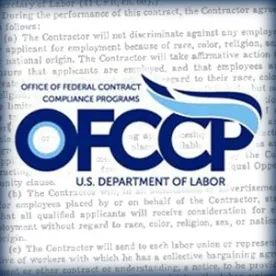In August 2015, OFCCP released an infographic designed to assist veterans understand whether or not they were covered under the protections of the Vietnam Era Veterans Readjustment Assistance Act (VEVRAA) for affirmative action purposes. The infographic spawned recent discussions surrounding the implications and interpretations of OFCCP’s definition of a protected veteran.
Today, OFCCP published FAQs addressing these issues. In a first FAQ, OFCCP explained it is not expanding the statutory definition of “protected veteran
” but rather clarify[ying] which veterans are included in each category of protected veteran so veterans will be able to determine, as a practical matter, whether they are protected by VEVRAA.”
More specifically, OFCCP confirmed in a second FAQ that the Agency is now interpreting the definition of “active duty or wartime campaign badge recipient” – one of the four categories of protected veterans – broader than previously had. The agency explained that the infographic’s definition of this category of veteran is
“the same approach taken by the Department of Veterans Affairs (VA), which administers most of the provisions in Title 38, when determining eligibility for various veteran benefits.” Under the expanded interpretation, a veteran who served on active duty during World War II, the Korean conflict, the Vietnam era, and the Persian Gulf War, which is defined as August 2, 1990, to the present (and was not dishonorably discharged) is an “active duty wartime” veteran for the purposes of VEVRAA.
The expanded definition is of particular importance for those who served since August 2, 1990. Under this new interpretation, those who served during this time, even if no campaign badge was issued, are considered protected for the purposes of OFCCP’s enforcement of VEVRAA, and importantly, for employers’ calculations of their annual veteran hiring benchmark.
While OFCCP’s expanded definition does not require a change to an employer’s self-id form, it is worth considering the potential positive impact of a revision which would include the more inclusive interpretation as being beneficial for both those who are asked to self-identity as well as the companies who have the obligation to track and monitor the effectiveness of their outreach efforts for veterans.




 />i
/>i

